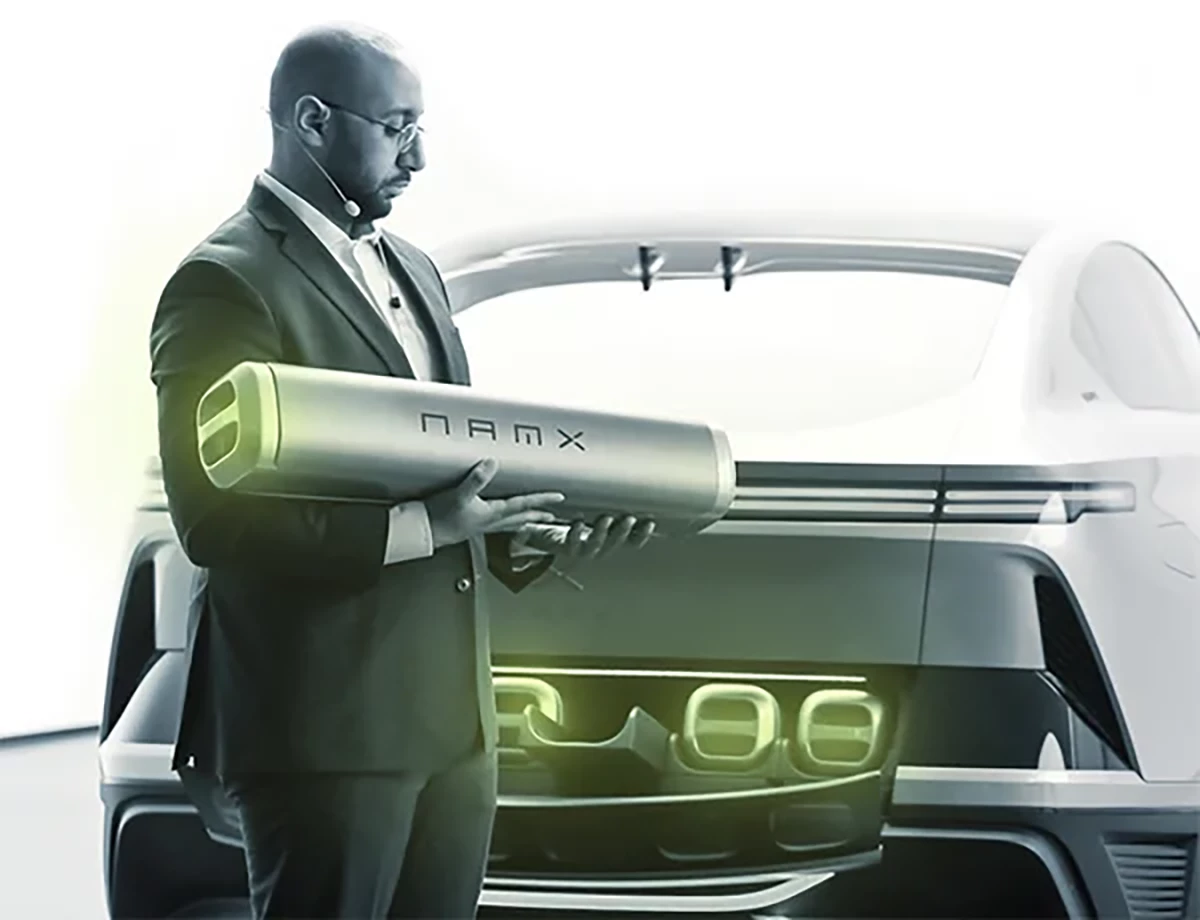It looks like the world won't be able to produce enough lithium to feed the accelerating EV revolution. Not by a long way. And while we see all manner of alternative battery technologies in our line of work, it's not clear that within the next 5-10 years there'll be a high-density, high-powered, safe, cheap, long-life, stable, environmentally responsible, road-homologated, wide-temperature-range, lithium-free battery alternative that makes it out of the lab and into automotive-grade, giga-scale production. Lithium is proving tough to dislodge.
So while many (including myself) have proclaimed the hydrogen car dead on arrival, and that for most drivers battery-electric cars will do the job better, the fact is that right now, hydrogen fuel cell powertrains offer more or less the only remotely scalable alternative for zero-emissions motoring without lithium. That's not to say scaling them up will be trivial; there's next to no hydrogen fueling infrastructure in place, as Mirai and Nexo owners surely know better than anyone. But if there's a lithium squeeze coming that'll torpedo the EV revolution for a decade or two, it sure looks like a big opportunity for an alternative like hydrogen.
Which is why we though it might be worth highlighting what Afro-European brand NamX is working on with Pininfarina. Effectively, the two companies have developed a very neat-looking "hydrogen utility vehicle" (HUV) fueled by removable hydrogen cartridges. If you can't find a hydrogen station, NamX will send cartridges out to you at home, or wherever else you need them. And the company says you'll be able to use them to power other devices as well, in time.

Each cartridge, when full, holds enough hydrogen to give you about 150 km (93 miles) of driving range. The HUV holds six, for a total range of 800 km (~500 miles). Pininfarina has designed this car from the back to the front, making these things an absolute visual highlight of the car in their green neon-lit slots behind a transparent cover above the rear bumper. They look amazing, I can imagine people craning their necks around Koeniggseggs to get a better look at them.
Performance-wise, these machines will be sprightly, but they won't trouble a powerful EV at the traffic light drags. A base model starting at around US$68,200 will rock a rear-wheel drive powertrain capable of 300 hp, a limited top speed of 200 km/h (124 mph), and a 0-100-km/h (0-62-mph) sprint time of 6.5 seconds. A GTH version ups this to all wheel drive, 500 hp, 250 km/h (155 mph) and 4.5 seconds, but it'll cost you up to US$99,600. Given the Italian good looks of this machine, the entry-level version looks like a pretty decent deal.
NamX is taking pre-orders already, but there's a lot of work to go before this concept car makes it through to production. The company is targeting its first deliveries for the start of 2026. Enjoy a render video below.
Source: NamX








